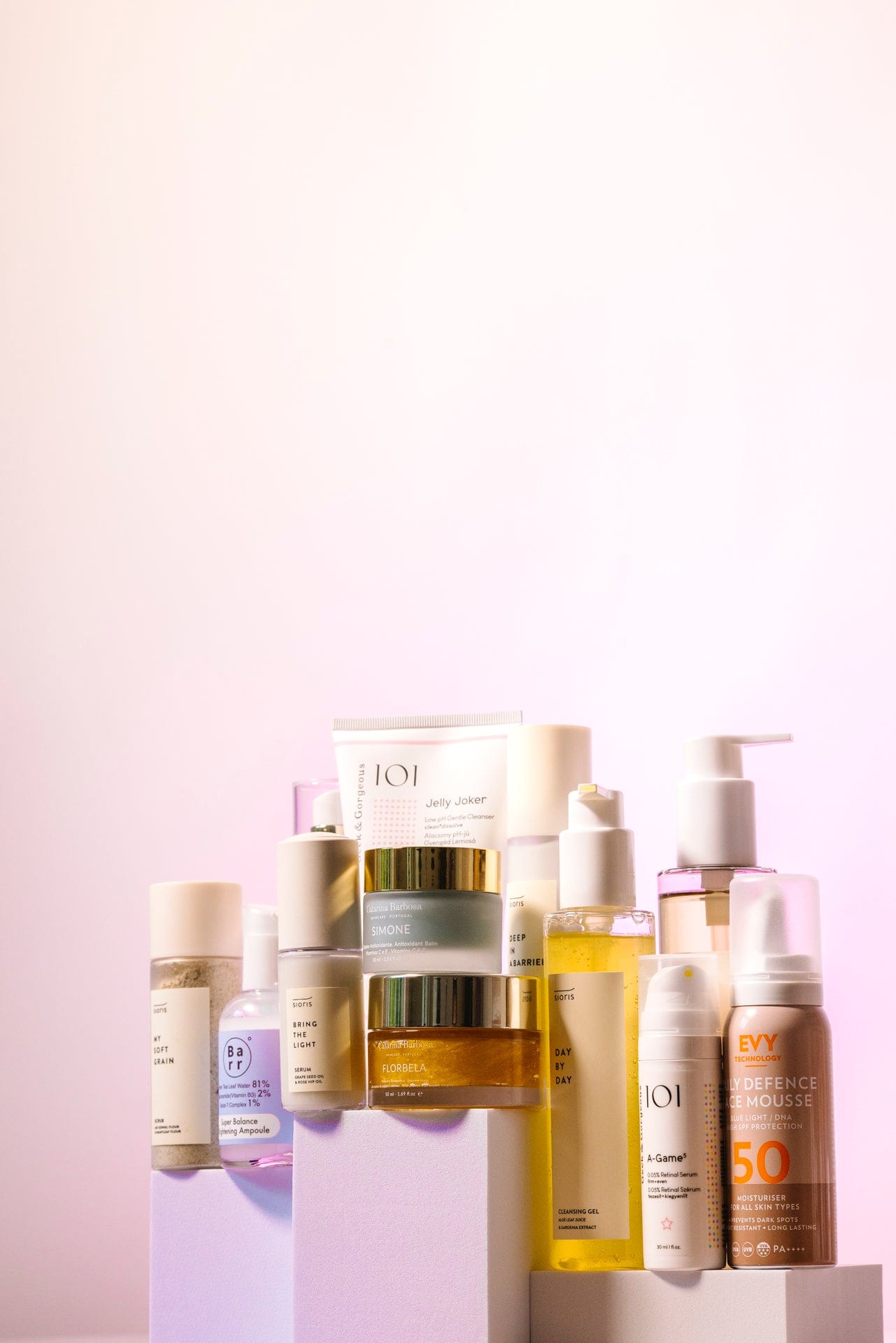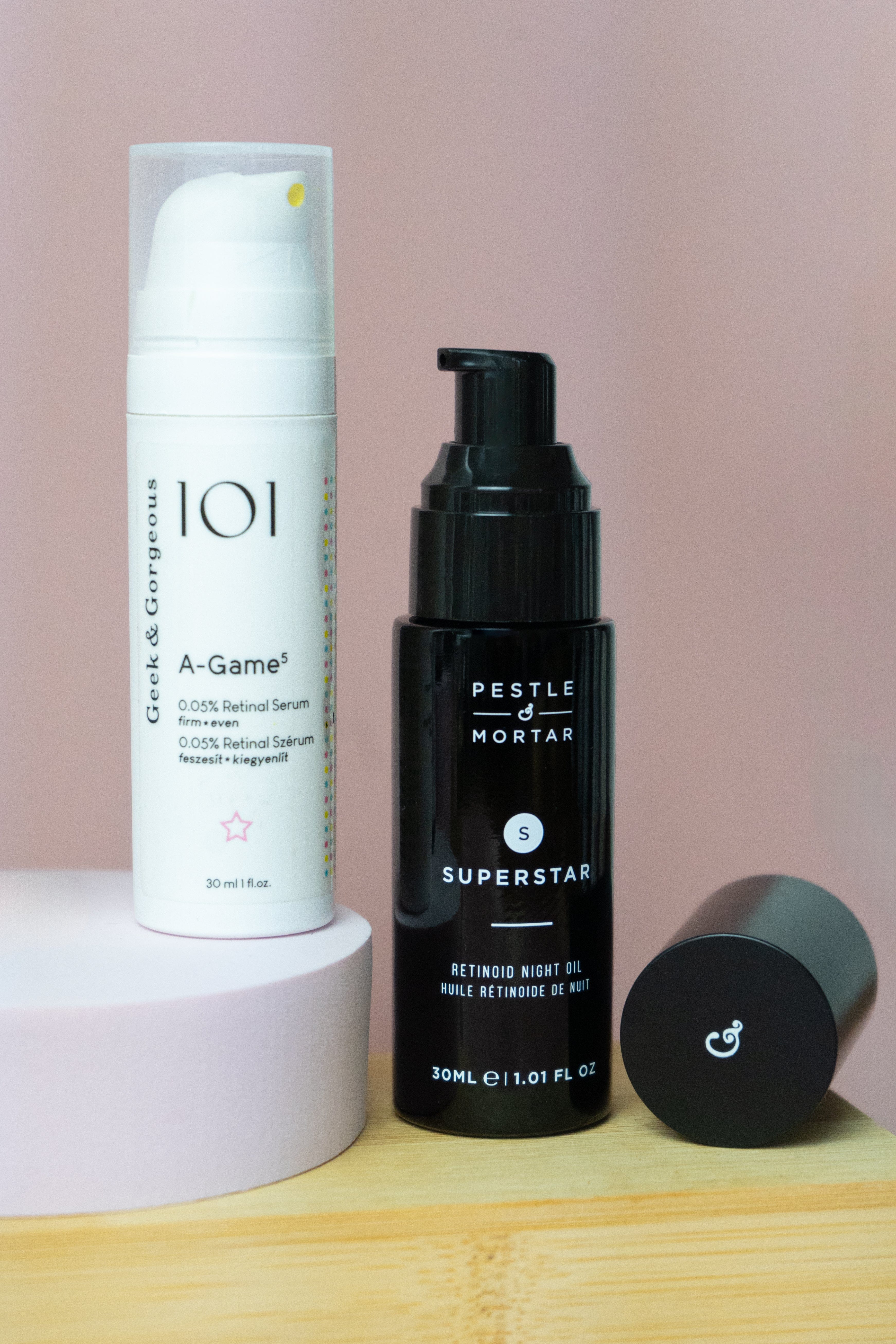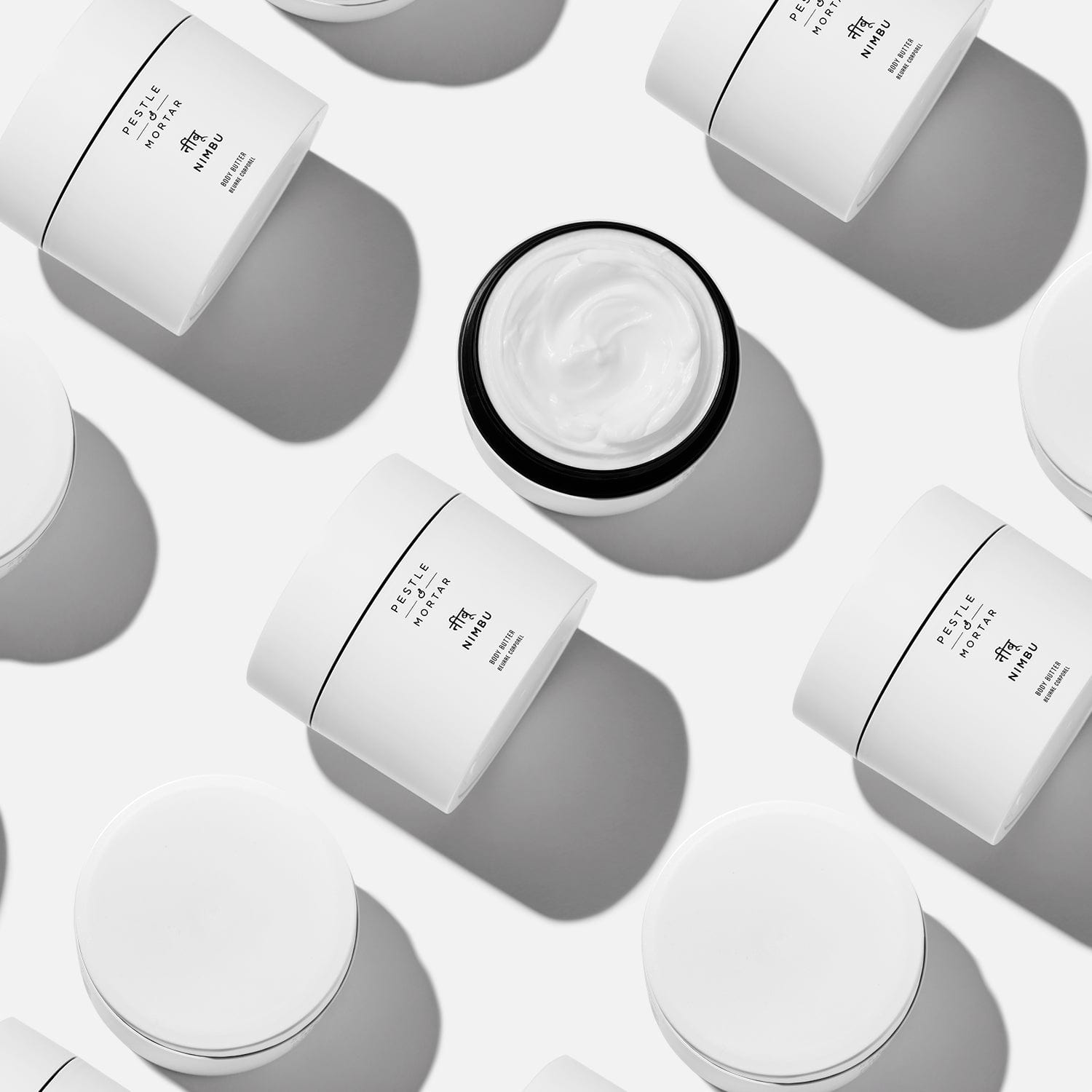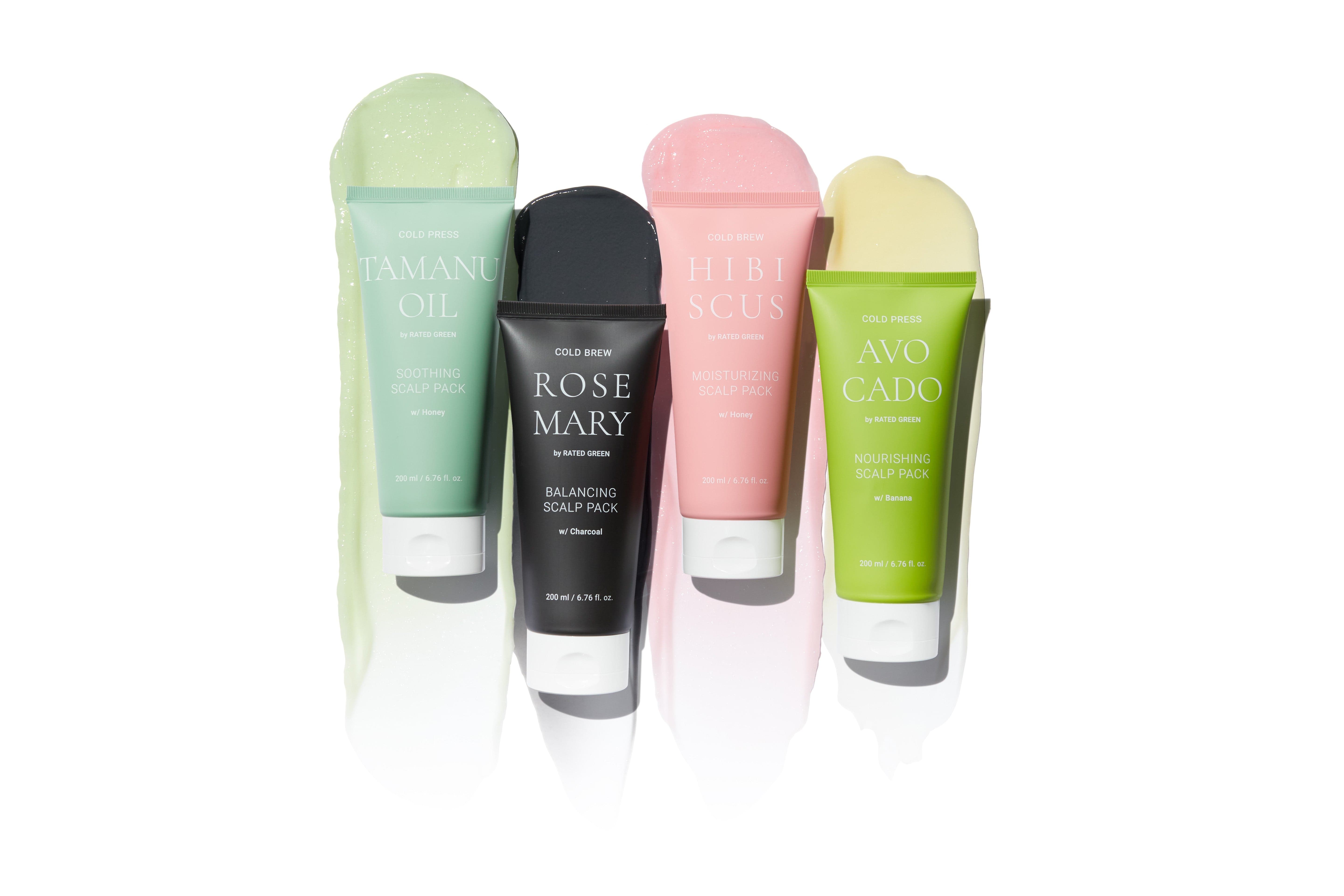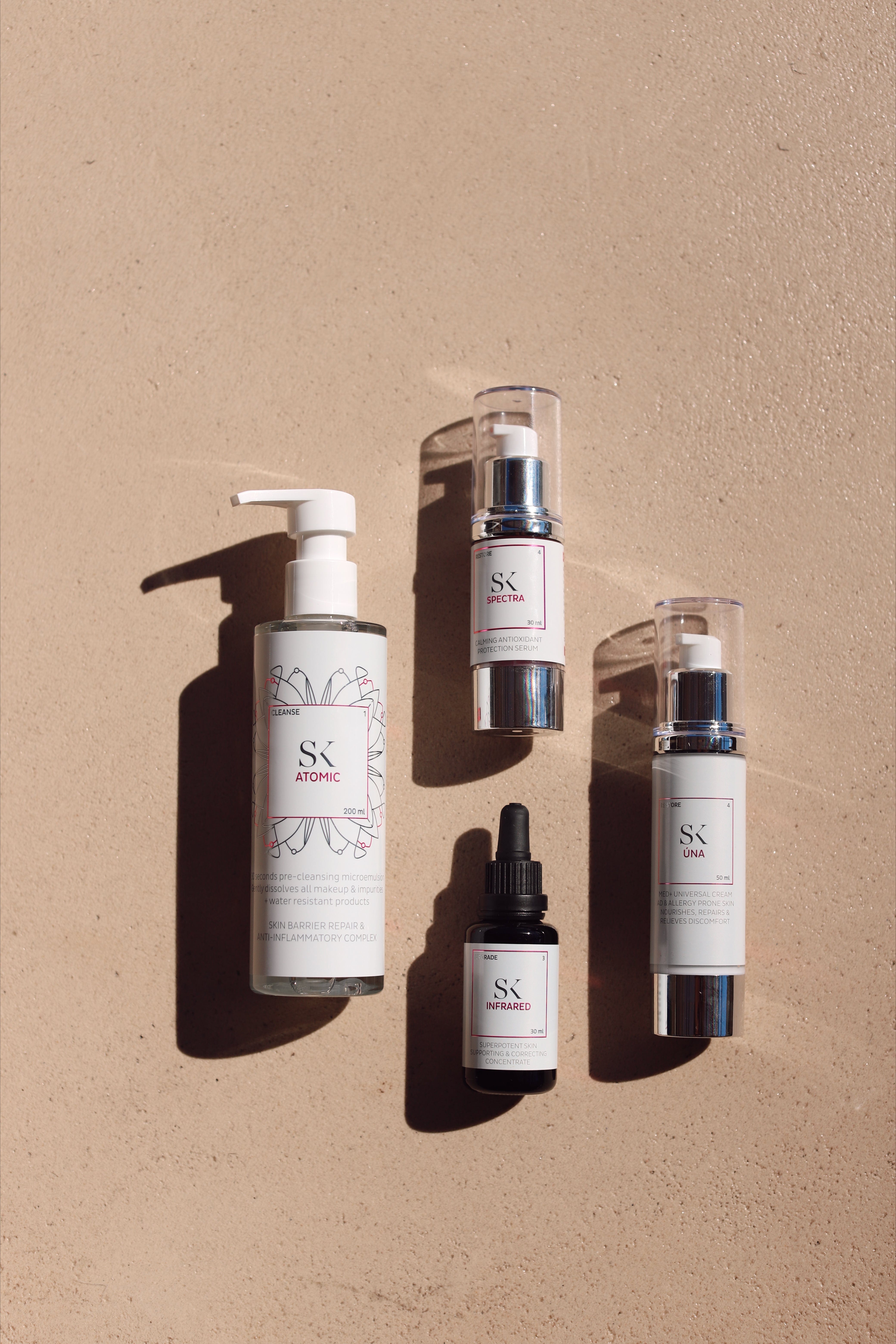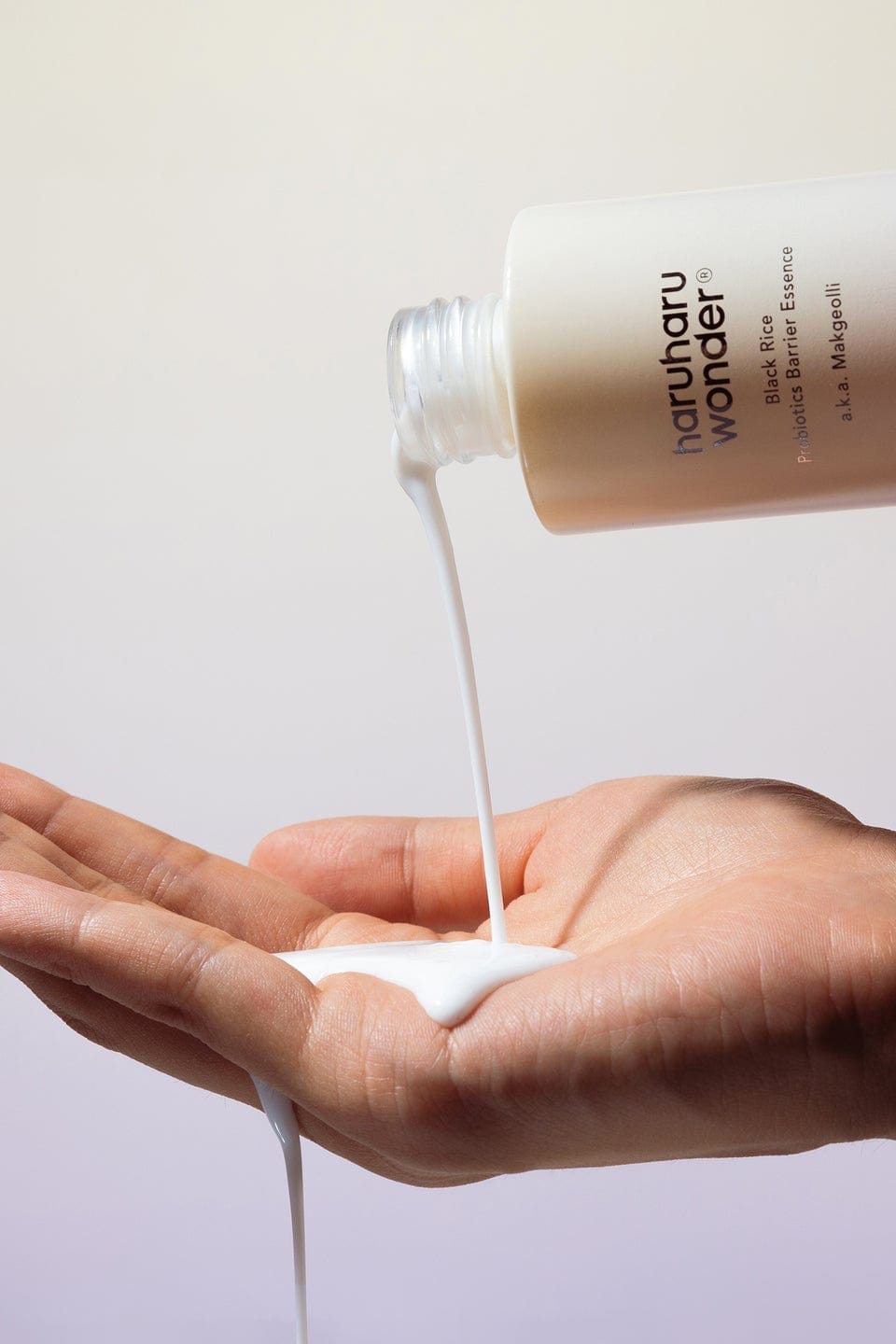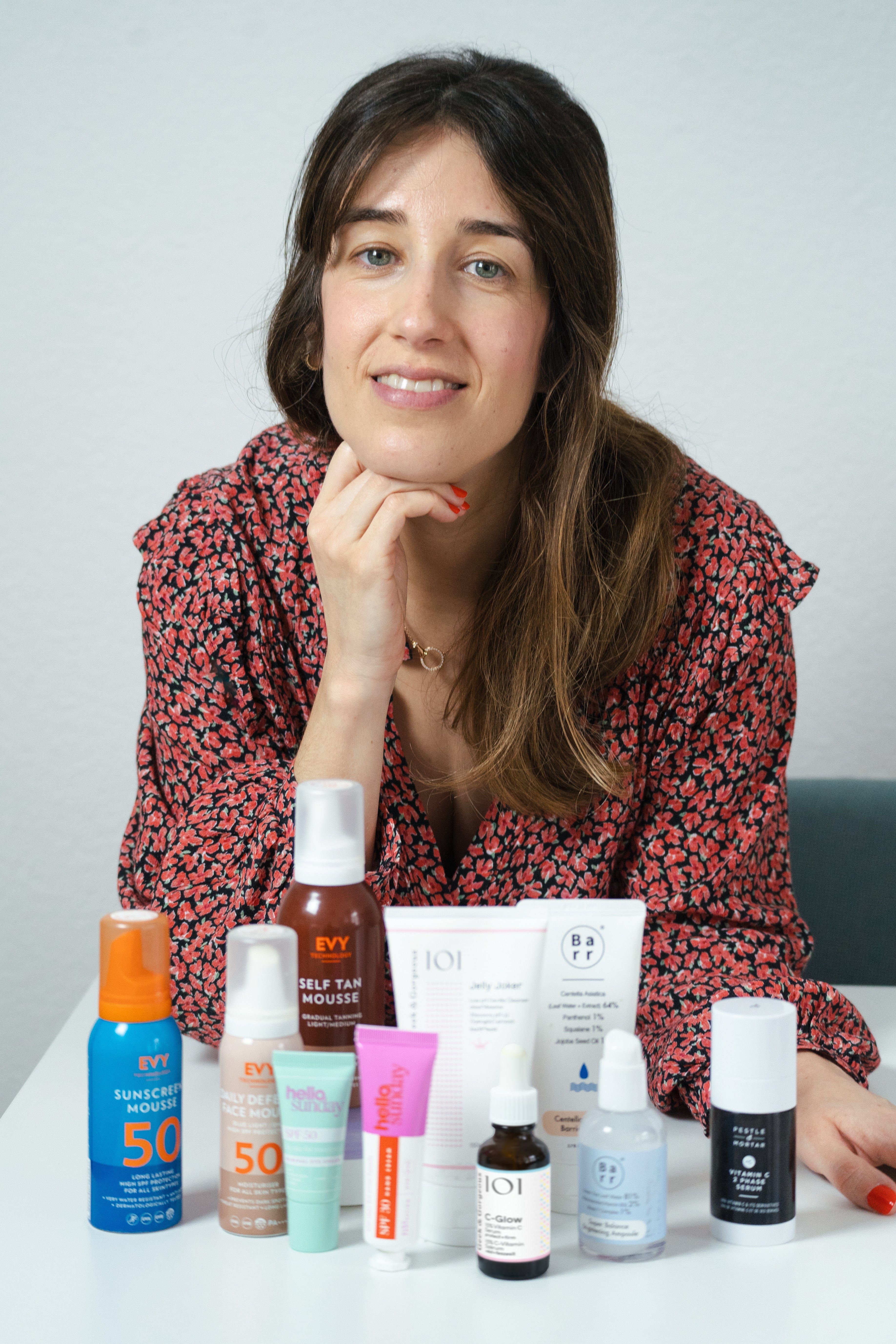If you've been struggling with rosacea, you have probably already heard about Azelaic Acid. Today, we're exploring this scientifically proven ingredient that offers genuine relief for rosacea sufferers without the empty promises that plague our industry.
Understanding Rosacea: Beyond the Surface
Rosacea affects millions worldwide, presenting as persistent redness, visible blood vessels, and sometimes papules or pustules on the face, depending on the Rosacea type. Unlike temporary skin irritation or sensitive skin, rosacea is a chronic inflammatory condition, that is diagnosed by a doctor and that requires targeted, evidence-based treatment. This is where azelaic acid for rosacea shines as a genuinely effective solution, that can be found in skincare.

The Science Behind Azelaic Acid's Effectiveness
Azelaic acid isn't just another trendy ingredient. It is actually a naturally occurring dicarboxylic acid with decades of research supporting its use in dermatology. What makes this ingredient particularly effective for rosacea is its unique multi-target approach:
Anti-inflammatory Properties
The primary reason this active ingredient works so well for rosacea lies in its powerful anti-inflammatory action. Research shows it significantly reduces the inflammatory markers that trigger rosacea flare-ups. Unlike harsh treatments that can exacerbate sensitivity, azelaic acid calms inflammation at the cellular level, addressing the root cause rather than just masking symptoms.
Antimicrobial Benefits
Studies demonstrate that azelaic acid possesses antimicrobial properties, particularly against Demodex folliculorum, microscopic mites that research has linked to rosacea development. By reducing the population of these problematic microorganisms, it helps maintain a healthier skin environment.
Gentle Keratolytic Action
This amazing acid also works as a mild keratolytic, ie. an exfoliant action, gently encouraging cell turnover without the irritation associated with stronger exfoliants. This action helps prevent the follicular plugging that can contribute to papulopustular rosacea while maintaining the skin barrier integrity crucial for sensitive, rosacea-prone skin.
Clinical Evidence: What Research Actually Shows
Multiple peer-reviewed studies support the inclusion of this active in rosacea treatment. A comprehensive systematic review published in JAMA Dermatology evaluated multiple randomized controlled trials and found that azelaic acid in 20% cream and 15% gel formulations appears to be effective in the treatment of papulopustular rosacea, particularly in regard to decreases in mean inflammatory lesion count and erythema severity. A 2023 systematic review further demonstrates that it is more effective than vehicle for rosacea treatment.
What's particularly compelling about these studies is the focus on long-term use and tolerability, which are crucial factors for managing a chronic condition like rosacea. Unlike some aggressive treatments that work initially but become problematic over time, skincare products with azelaic acid demonstrates sustained efficacy with minimal side effects.
How Long Does It Take for Azelaic Acid to Work on Rosacea?
This is one of the most common questions we receive regarding skincare for Rosacea. Based on clinical research and our experience guiding clients through their skincare journeys, here's what you can realistically expect:
Initial improvements: Many people notice reduced redness and inflammation within 2-4 weeks of consistent use.
Significant changes: Most users see substantial improvement in rosacea symptoms after 6-8 weeks of regular application.
Optimal results: Full benefits typically become apparent after 12-16 weeks of consistent use.
It's crucial to understand that this ingredient works gradually, rebuilding skin health rather than providing quick fixes. This slower approach actually benefits rosacea sufferers, as it allows the skin to adapt without triggering sensitivity reactions common with more aggressive treatments.

How to Use Azelaic Acid for Rosacea
Start Slowly
Begin with every other day application to allow your skin to build tolerance.
Apply halt or full fingertip of azelaic acid serum/emulsion to clean, dry skin as the last step in your treatment routine but before moisturizer. Apply evenly all over the face with extra care in the following sites:
- Eye area - Stop at the orbital bone.
- Lips - like retinoids, this can be drying, so avoid it.
- Neck - Smaller amounts is recommended as well as less often initially.
Massage it in thoroughly to optimise penetration and build up the dose with time. Allow it to fully absorb and then follow up with your next steps.
Gradual Increase
Once your skin tolerates every-other-day use, gradually increase to daily application. You may go up to twice daily, but this should only be done after a few weeks of application.

What to Pair with Azelaic Acid
Creating an effective skincare routine using azelaic acid for rosacea requires careful consideration of complementary ingredients:
Ideal Companions
Niacinamide: This vitamin B3 derivative pairs beautifully with azelaic acid, offering additional anti-inflammatory benefits and barrier repair properties.
Hyaluronic Acid: Provides essential hydration without heaviness, crucial for maintaining skin barrier function in rosacea-prone skin.
Gentle Ceramide Moisturizers: Support barrier repair and prevent the dryness that can exacerbate rosacea symptoms.
Choosing the Right Azelaic Acid Product
When looking for this active ingredient in a serum or treatment, consider:
Concentration: When choosing a formula to try, you should know the percentage of Azelaic Acid. In cosmetics, the range can go from 5% to 10%, like our Skintegra ROS/AC10.
Please note that higher percentages are available in medication (not cosmetics) with prescription, therefore under medical supervision.
Formulation: Check whether the products contain Azelaic Acid derivatives (Potassium Azeloyl Diglycinate - PAD) or pure Azelaic Acid. Serums with PAD, like our Geek & Gorgeous aPAD Serum can be useful for sensitive skin.
Ready to explore whether this ingredient is right for your skin? Our personalized consultation service can guide you toward the most effective, science-backed solutions for your unique skincare journey.
Our products with Azelaic Acid
References
- Weiss JS, Shavin JS. Azelaic acid in the treatment of papulopustular rosacea: a systematic review of randomized controlled trials. JAMA Dermatol. 2006;142(8):1047-52.
- Bjerke R, Fyrand O, Graupe K. Double-blind comparison of azelaic acid 20% cream and its vehicle in treatment of papulo-pustular rosacea. Acta Derm Venereol. 1999;79(6):456-9.
- Draelos ZD, Elewski B, Staedtler G, Havlickova B. Azelaic acid 15% gel as a new treatment for papulopustular rosacea: results from two vehicle-controlled, randomized phase III studies. Br J Dermatol. 2013;168(6):1155-61.

